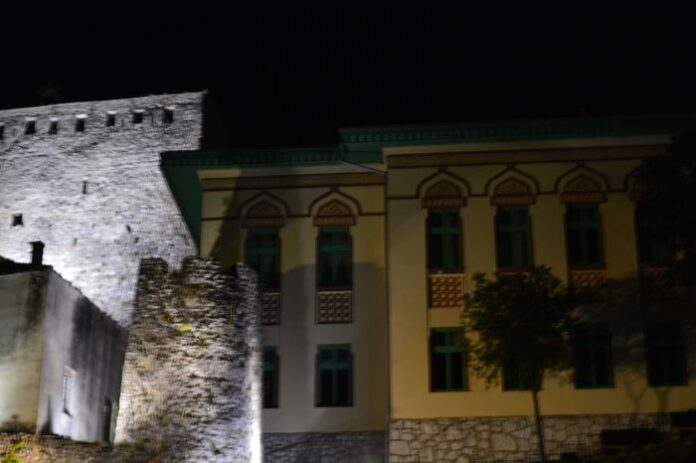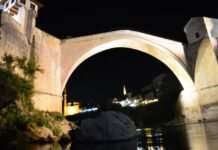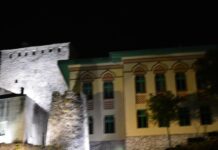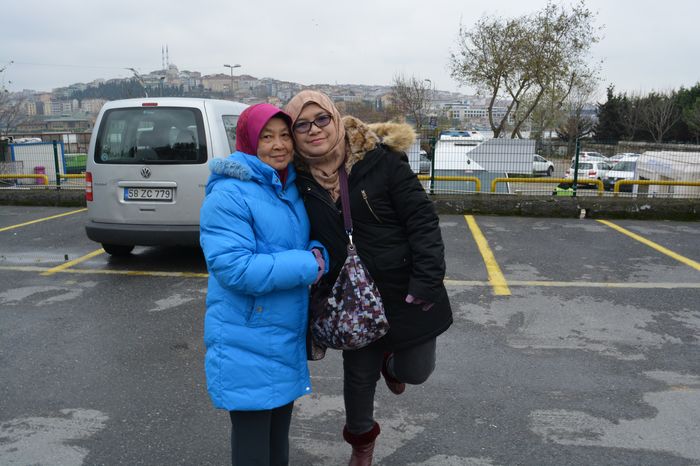From the time of Mohammed II, who conquered Constantinople in 1453, to Abdul Medjid in 1864, who moved to the brighter Dolma-Baghtcheh Palace on the Bosphorus, twenty-two sultans were either imprisoned, murdered, or died violently within the walls of the Seraglio. For four hundred years, the fate of the Turkish sultans was under the control of the Janizaries, an elite military group. The Janizaries made the Seraglio their base and held significant power over the sultans.
Up until the early 1800s, it was common for the Janizaries to decapitate unpopular sultans or ministers. They would display the severed heads on pillars at the gates of the Seraglio so the public could see the consequences of disobeying the Janizaries. The Sublime Porte, the main gate to the Seraglio, had two niches on either side where these heads were placed. Sometimes, as a special act of vengeance or honor, the heads would be placed on silver chargers, like John the Baptist’s, so the public could examine them closely Personal Tours Bulgaria.
The Sublime Porte and Court of the Janizaries
Above the Sublime Porte, a grand archway with heavy gates, is an Arabic inscription that reads: “May Allah ever preserve the glory of the possessor; may Allah ever strengthen his foundations.” This inscription reflects the belief in divine protection and strength for the ruler.
In the first large court, known as the Court of the Janizaries, stands an enormous tree called the Janizary Tree. It is said to be the largest tree in Europe. Beneath its wide branches, the Janizaries would plan their conspiracies. Nearby, two small columns once served as a guillotine for executions The Seraglio A Historical Landmark.
The Buildings and Monuments Inside the Seraglio
Inside the Seraglio, there are many buildings beyond the palaces and harem. These include the soldiers’ barracks, official buildings, a mint, an arsenal, explosive storage magazines, a hospital, imperial stables, and even quarters for an army of slaves. The Seraglio also has several pleasure kiosks and a mosque.
The Greek Church of St. Irene, which was built by Constantine the Great, stands as a reminder of Byzantine architecture. After being converted into an armory, it is now part of the museum in the Seraglio. This museum contains some historic treasures, such as the scimitar used by Mohammed II during the siege of Constantinople, the sword of Scanderbeg, the armor of Tamerlane, and the porphyry tombs of Constantine, Theodosius, Julian the Apostate, and other early Greek emperors.
The Seraglio is not only a grand historical site but also a place full of political intrigue and power struggles. From the Janizaries’ influence to the various monuments and buildings within, the Seraglio reflects the rich and often violent history of the Ottoman Empire. It continues to be a symbol of royal power and Turkish heritage.







